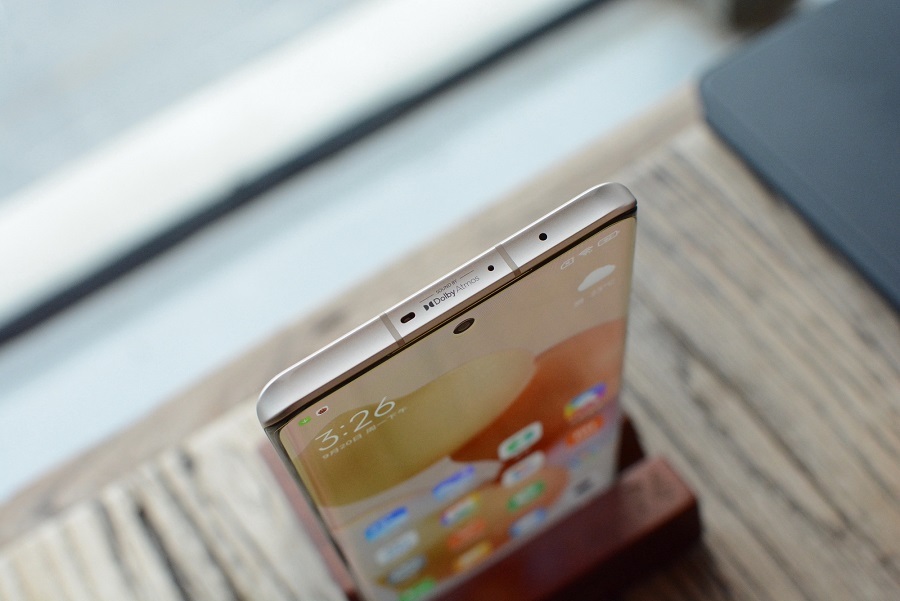As we mentioned recently, TP Vision has announced the new OLED+937 and OLED+907 models, along with the Philips PML9507 television, the latest addition to its MiniLED panels. In addition to all the features mentioned earlier, the company is once again revealing the Ambilight technology, which is in a large part of its catalog. Again, this technology comes advanced in their new televisionsand we had the opportunity to test it.
With the name ‘Ambilight Next Generation’, the company is reinforcing itself towards LED lighting as a source to create a greater sense of immersion when we watch a movie or series through their television. Now with this next generation Ambilight, TVs have more control over backlightingas well as a greater number of LEDs for more precise synchronization of the television picture with said lighting.
An improved and more sensitive Ambilight
We went to Berlin to learn about the many products Philips has prepared for us and Ambilight is one of those technologies that we always enjoy when we have the opportunity.. In this case, we were able to obtain a comparison between the Ambilight system, which has been used in Philips televisions for a long time, and its new version, which brings very interesting news.
On the left is the Ambilight system we know so far. On the right, Ambilight Next generation, LEDs on all four sides and more sensitive.
One of the highlights more lighting control thanks to the fact that the system can now manage the light of each LED diode and not divide the control into groups, as it has until now. This allows the system to produce lighting that is much more compatible with the reproduced image.
Also having more LED diodes, Higher color density behind the TV, so we get more vivid and contrasting colors. In the remaining images, all the new tones that the lighting acquires in the same scene are reflected compared to the previous Ambilight system.
Another thing worth mentioning is Ambilight New generation. offers illumination on all four sides of the panel, in the previous system, we see that the bottom edge is completely closed. This can be seen better when the TV is fixed to the wall and not the base support. Although yes, we can change and turn off any illuminated side from the television’s own settings in case of any inconvenience.
As with Philips TVs with Ambilight, the options we have at the software level are very completeHaving endless possibilities when it comes to configuring the lighting to our liking, or even creating routines for turning the LEDs on and off. There is also an option to revert to the original sync of this system if we don’t like the new Ambilight system.
Ambilight Next generation is currently available on the new Philips OLED+937, OLED+907 and PML9507 TVs. This new system is aimed to be used in the company’s next models as well.
Aura and Ambilight are the perfect pair to create atmosphere in the room.
In addition to Ambilight, the company wanted to introduce its own gallery for when the TV is in standby mode. Users of Philips televisions, called ‘Aurora’, will be able to choose from. a handful of dynamic scenarios To set as wallpaper when the TV is not in use
The company is considering including the possibility of setting our own photos as wallpapers in standby mode, but as TP Vision told us, they still need to manage some legal issues with user privacy in this regard.
The truth is that Ambilight has improved a lot since they first started using this technology in Philips TVs and once you try it while watching a movie, it feels like you won’t want to go back.















